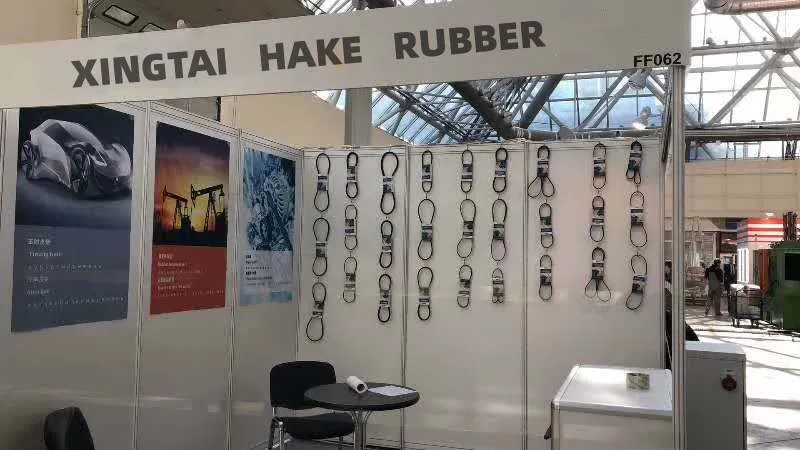- Arabic
- French
- Russian
- Spanish
- Portuguese
- Turkish
- Armenian
- English
- Albanian
- Amharic
- Azerbaijani
- Basque
- Belarusian
- Bengali
- Bosnian
- Bulgarian
- Catalan
- Cebuano
- Corsican
- Croatian
- Czech
- Danish
- Dutch
- Afrikaans
- Esperanto
- Estonian
- Finnish
- Frisian
- Galician
- Georgian
- German
- Greek
- Gujarati
- Haitian Creole
- hausa
- hawaiian
- Hebrew
- Hindi
- Miao
- Hungarian
- Icelandic
- igbo
- Indonesian
- irish
- Italian
- Japanese
- Javanese
- Kannada
- kazakh
- Khmer
- Rwandese
- Korean
- Kurdish
- Kyrgyz
- Lao
- Latin
- Latvian
- Lithuanian
- Luxembourgish
- Macedonian
- Malgashi
- Malay
- Malayalam
- Maltese
- Maori
- Marathi
- Mongolian
- Myanmar
- Nepali
- Norwegian
- Norwegian
- Occitan
- Pashto
- Persian
- Polish
- Punjabi
- Romanian
- Samoan
- Scottish Gaelic
- Serbian
- Sesotho
- Shona
- Sindhi
- Sinhala
- Slovak
- Slovenian
- Somali
- Sundanese
- Swahili
- Swedish
- Tagalog
- Tajik
- Tamil
- Tatar
- Telugu
- Thai
- Turkmen
- Ukrainian
- Urdu
- Uighur
- Uzbek
- Vietnamese
- Welsh
- Bantu
- Yiddish
- Yoruba
- Zulu
Қыр . 28, 2024 22:21 Back to list
Durable Rubber Coated Timing Belts for Reliable Performance in Various Applications
Understanding Rubber Coated Timing Belts Importance and Applications
Timing belts are essential components in various mechanical systems, playing a crucial role in synchronizing the movement between different parts of machinery and engines. Among the various types of timing belts available, rubber coated timing belts stand out for their versatility, durability, and performance. This article delves into the importance of rubber coated timing belts, their construction, advantages, applications, and maintenance.
What is a Rubber Coated Timing Belt?
A rubber coated timing belt is typically made from high-quality rubber, reinforced with materials such as fiberglass or polyester to enhance its strength and durability. The rubber coating provides several advantages, including excellent grip, resistance to wear, and the ability to absorb vibrations. The teeth on the belt engage with the teeth of the pulleys, ensuring precise movement and timing of rotating parts in a mechanical system.
Importance of Rubber Coated Timing Belts
Timing belts are critical in maintaining the proper timing and functioning of engines, particularly in automotive applications. They link the crankshaft and camshaft, enabling the engine’s valves to open and close at the right intervals. A failure or malfunction of the timing belt can lead to significant engine damage, making the selection of a reliable timing belt essential. Rubber coated timing belts are preferred in this application due to their robust design and ability to withstand high temperatures and pressures.
Advantages of Rubber Coated Timing Belts
1. Durability Rubber coated timing belts are designed to last. They can endure harsh operating conditions, including exposure to oil, heat, and other chemicals, which can degrade other materials.
rubber coated timing belt

3. Noise Reduction The rubber coating acts as a noise dampener, reducing the noise produced during the operation of the belt system, which is beneficial in applications where noise control is a priority.
4. Cost-Effective While the initial investment in high-quality rubber coated timing belts might be higher than that of other materials, the longevity and reduced maintenance needs often result in long-term cost savings.
5. Wide Range of Applications Rubber coated timing belts can be used in automotive engines, industrial machinery, robotics, and HVAC systems, making them highly versatile.
Applications of Rubber Coated Timing Belts
The applications of rubber coated timing belts are vast and varied. In the automotive industry, they are primarily used in interference engines, where precise timing is critical to prevent engine damage. In industrial settings, these belts are employed in conveyor systems, packaging machinery, and textile manufacturing equipment. The ability to handle loads and maintain synchronization makes them indispensable in robotics, where precision and timing are paramount.
Maintenance Tips
To ensure the longevity and performance of rubber coated timing belts, regular maintenance is essential. Inspect the belts for signs of wear, such as cracks or fraying. Proper tensioning is crucial; an incorrectly tensioned belt can lead to slippage or premature wear. Keeping the belt clean and free from oil or debris will also help maintain its integrity. Following manufacturer guidelines for replacement intervals can prevent unexpected failures.
Conclusion
Rubber coated timing belts are a vital component in the machinery and automotive industries. Their durability, flexibility, and noise-reducing properties make them an excellent choice for various applications. Understanding their advantages and ensuring proper maintenance can lead to improved performance and longevity, making them an investment worthy of consideration for both industrial and automotive needs. As technology advances, the design and materials of these belts will likely evolve, but their fundamental role in mechanical systems will remain indispensable.
-
Korean Auto Parts Timing Belt 24312-37500 For Hyundai/Kia
NewsMar.07,2025
-
7PK2300 90916-T2024 RIBBED BELT POLY V BELT PK BELT
NewsMar.07,2025
-
Chinese Auto Belt Factory 310-2M-22 For BMW/Mercedes-Benz
NewsMar.07,2025
-
Chinese Auto Belt Factory 310-2M-22 For BMW/Mercedes-Benz
NewsMar.07,2025
-
90916-02660 PK Belt 6PK1680 For Toyota
NewsMar.07,2025
-
drive belt serpentine belt
NewsMar.07,2025

